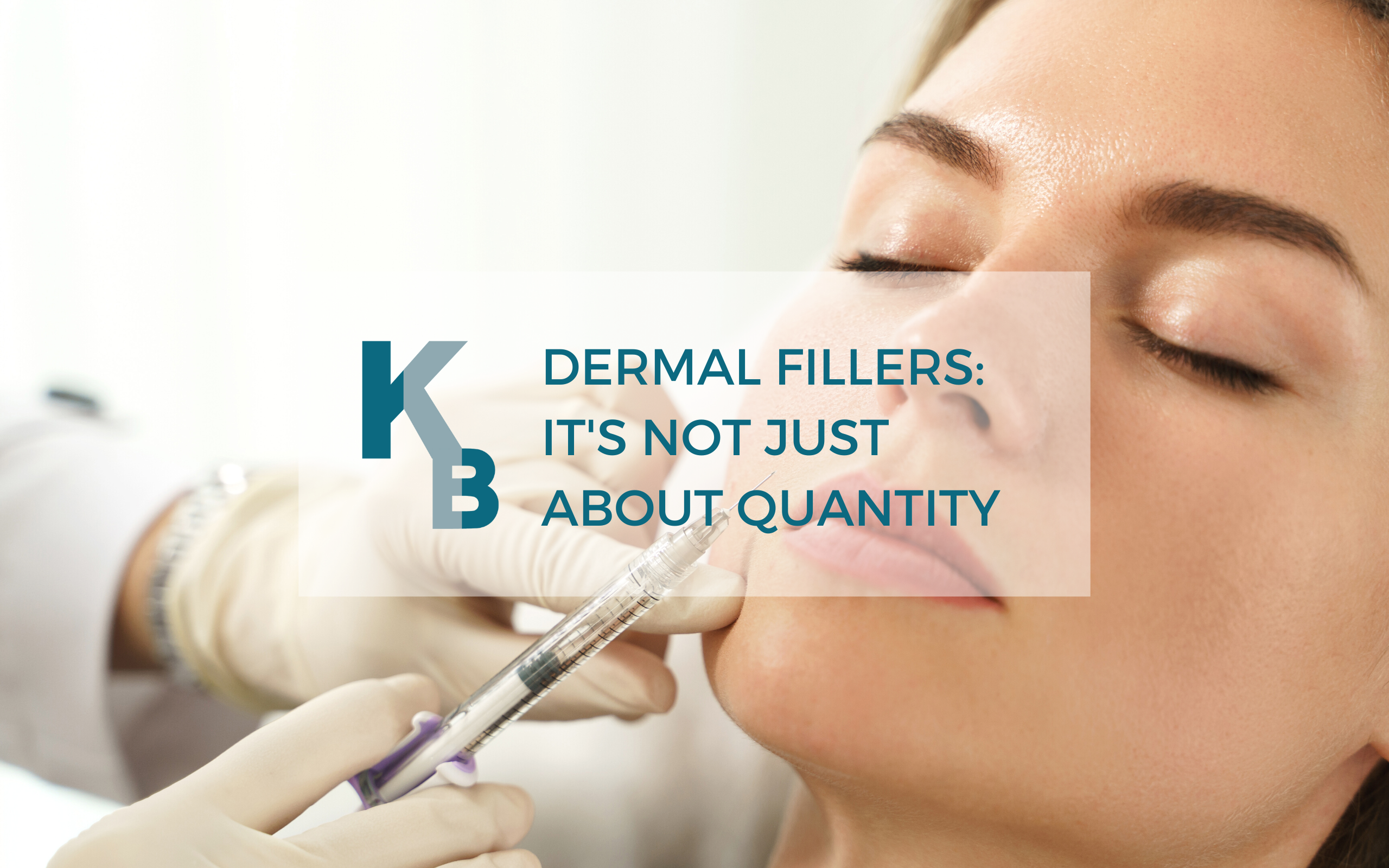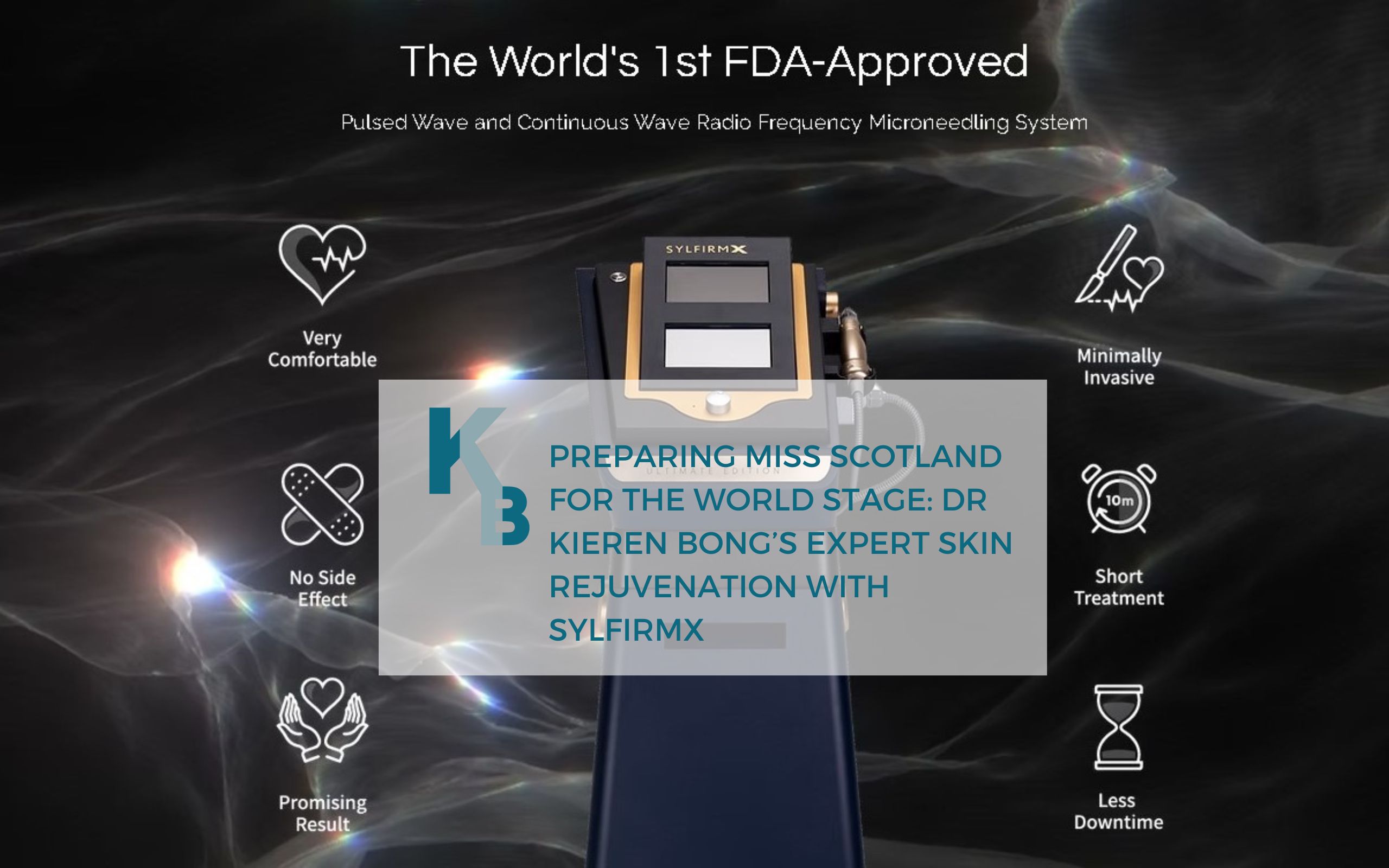Did you know that dermal fillers come in different thicknesses or densities? Yes, fillers can be either ‘thick’ or ‘thin’. So, simply knowing the filler’s quantity — but not the exact density or grade — is not enough. This is because 0.5ml of a thick filler is NOT the same as 0.5ml of a thin filler.
As an aesthetic doctor, I often consult with patients who have previously had lip fillers administered by another practitioner. Commonly, I hear a few recurring statements:
- “I only want 0.5ml of lip filler.”
- “I had 0.5ml of lip filler before, and it wasn’t enough.”
- “I had just 0.5ml before, and it was perfect, so I want the same this time.”
- “My sister had just 0.5ml injected, and it looked great, so I want the same.”
In my professional perspective, any practitioner who becomes overly fixated on the quantity of filler yet overlooks the grade of the filler may be reflecting a lack of experience in the field of medical aesthetics.
Aesthetic Medicine: An Art, Not an Exact Science
Importantly, we must remember that the practice of aesthetic medicine is not an exact science. Even if you know both the quantity and grade of filler injected in your previous session, you cannot expect to get precisely the same result in each visit.
Every individual’s body responds differently to treatments, and a myriad of factors can influence the outcome, including your unique facial structure, the technique used by the practitioner, and even how your body metabolises the filler.
So, next time you’re considering lip fillers, remember: it’s not just about the quantity. Understanding the density of the filler and acknowledging that aesthetic medicine is an art rather than an exact science will help you set realistic expectations and achieve the best possible results.




